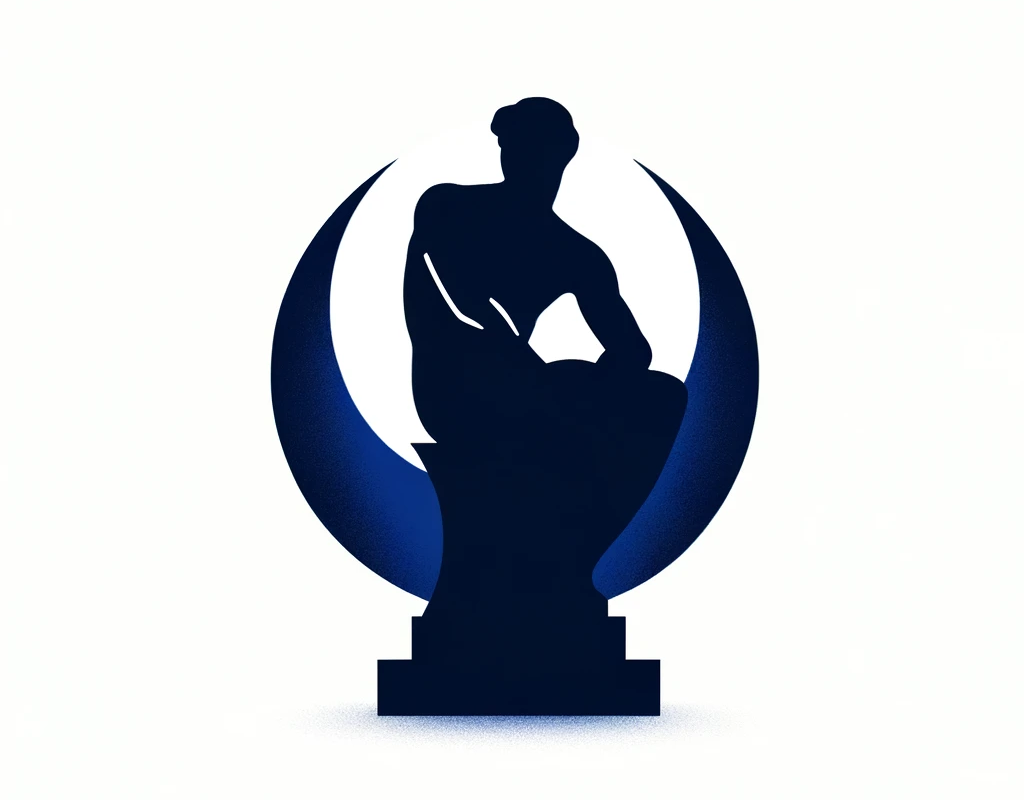Understanding the intricate balance of the exposure triangle is crucial for every photographer. This triangle comprises three fundamental elements: ISO, shutter speed, and aperture, each playing a pivotal role in capturing the perfect image. Let's dive into the details of each element and explore how they work in harmony to create well-exposed photographs.
ISO: The Sensitivity Setter ISO refers to the sensitivity of your camera's sensor to light. A lower ISO number means less sensitivity to light, ideal for bright conditions. Conversely, a higher ISO number increases the sensor's sensitivity, useful in low-light scenarios. However, it's important to remember that higher ISO can lead to increased grain or noise in your photos.
Shutter Speed: Capturing the Moment Shutter speed is the duration for which the camera's shutter is open to allow light onto the sensor. Measured in seconds or fractions of a second, it not only influences exposure but also helps in capturing motion. A fast shutter speed can freeze action, while a slower shutter speed creates motion blur, adding a sense of movement to your images.
Aperture: The Art of Depth Aperture is the opening in your lens through which light passes. It's measured in f-stops (f/2.8, f/4, f/8, etc.). A lower f-stop number means a wider aperture, allowing more light into the camera and creating a shallow depth of field. This is perfect for portraits with blurred backgrounds. A higher f-stop number gives a narrower aperture, less light, and a deeper depth of field, ideal for landscape photography where you want everything in focus.
Balancing the Triangle Mastering photography involves balancing these three elements. If you adjust one, you'll likely need to compensate with one or both of the others to maintain the desired exposure. For instance, if you increase the ISO, you might need to decrease the aperture or shorten the shutter speed to avoid overexposure.
Practical Applications and Creativity Each element of the exposure triangle not only affects exposure but also adds a creative dimension to your photography. Playing with different combinations can yield dramatically different results, even in the same setting. It's this interplay that allows photographers to tell a story, convey emotion, and showcase their unique artistic vision.
In conclusion, understanding and mastering the exposure triangle – ISO, shutter speed, and aperture – is essential for any photographer aiming to take control of their camera and unleash their creative potential. Experimentation and practice are key to finding the perfect balance for each unique shooting situation.











